Deeper smart sonars – the ultimate castable fish finders – have become an institution. Why people praise (instead of initial scepticism) this type of water exploration – and, above all, whether this is justified – we have already examined in various articles – including a number of practical fish finder tests. So that this article is primarily about the technology and handling of these devices plus information about the individual models of the Deeper fishfinder family. Which actually has become quite numerous over the years.
Table of contents:
- What is a Deeper smart sonar?
- Which are its benefits for the angler?
- Where does the Deeper come from, and where is it headed to?
- How is a Deeper fishfinder designed – and why is it simply awesome?
- How to handle the Deeper fish finders in practice?
- Which Deeper model is the right one for your personal needs?
- Get to know the Deeper fishfinder family.
1. What is a Deeper smart sonar?
Deeper sonars are manufactured by Deeper UAB from Lithuania and distributed worldwide. In short, a Deeper is a wireless fish finder that is cast using a fishing rod to explore the underwater environment around the shore angler. This is one of the possible applications for this device. Besides, it is also interesting for fishing kayak and belly boat anglers, as well as anyone else who wants to scan his water environment.
2. Which are its benefits for the angler?
The angler through his Deeper gets a lot of information about his fishing grounds:
- First of all, these include the water depths
- and the characteristics of the ground, including the soil’s hardness and structure.
- Possible hotspots such as holes, edges, perch mountains and channels can be explored at the same time.
- The water temperature
- and the question of thermoclines can also be answered with a Deeper.
- Depending on the technical equipment, the Deeper is also a useful fish finder that can locate fish according to their depth.
- In the equipment variants with GPS, even water maps with depth contours can be created. The basic maps for the respective region are ready for download in the Deeper app.
Never before has the shore angler been able to obtain such a vast amount of details about the conditions of his fishing grounds as a Deeper smart sonar can provide him within a very short amount of time.
3. Where does the Deeper come from – and where is it headed to?
We all know the successful stories of well-known companies, from garage workshops to global corporations. Deeper UAB has taken a similar route, albeit on a smaller scale. This time, however, the company did not emerge in the United but in the Baltic States.
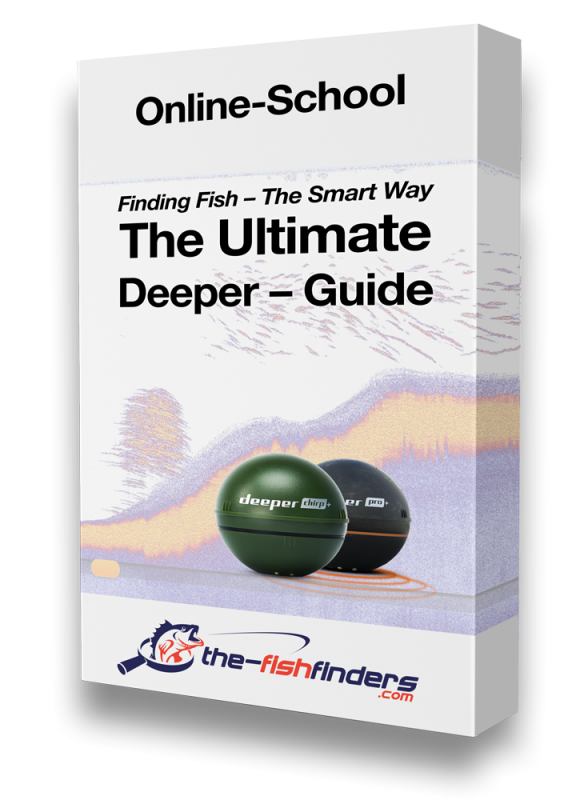
The Ultimate Deeper Guide
Read more
Reviews ( 86 )
3.1 A brief summary of the companies history
tIn 2012, two anglers (Aurelijus and Rolandas) from Lithuania had the idea to design a castable, wireless and intelligent fish finder for fishing rods. In order to be able to realize this ambitious project, they intensively sought contacts with technical specialists, university professors, and experts from the computer scene. After the brilliant engineer Donatas (the Wizard) could be won to join the project, the small team managed to introduce the first functional Deeper just one year after the initial idea.
Today (8 years later) Friday LAB offers
- a variety of sonar models,
- apps for iOS and Android
- as well as the fishing map platform Lakebook.
An offering that is second to none. With 60 employees and branches in 50 countries worldwide, Friday LAB is a tiny multinational company in a niche market that started with no more than the vision of two anglers. But today it is impossible to imagine the angling market without its products.
3.2 The Deeper mission
Why the Deeper models are so successful is also a question of philosophy. With every model update, the focus lies on the users. As well as the question of what advantages they can gain from the respective new technical features of the sonar devices. Based on this philosophy, every innovation and further development is very likely to meet the wishes and expectations of them. Something we will explain in more detail with the individual representatives of the model line of Deeper fish finders.
But one thing must not be forgotten: Without the smartphone mass market, the Deeper devices would not have been a success story either. Strictly speaking, a Deeper is “merely” a hardware extension of a smartphone or tablet, which opens up new fields of application for it.
4. How is a Deeper fishfinder designed – and why is it simply awesome?
Sonar devices work in a split operation. In addition to a central unit with the display and hardware, an echosounder is needed that sends sound pulses, receives the feedback (echoes) of these pings and subsequently transmits them to the computer. The binding link of this functional unit is an operating system (i.e. software) that controls the entire system.
4.1 Which challenges the developers had to face?
The challenge was not the central unit, which is responsible for the calculations and the screen output. A smartphone or tablet was to take over these tasks. This could be presumed to be available to the user.
The “rest” was the problem:
- In addition to the necessary miniaturisation,
- the power supply had to be implemented in the same body – which had never been an issue with conventional sonar devices on boats.
- Added to this were the wireless transmission elements in the form of WLAN or Bluetooth,
- as well as later on the GPS module for mapping.
But that was not enough, because an app was also needed. This is for the interaction of the hardware components with the smartphone.
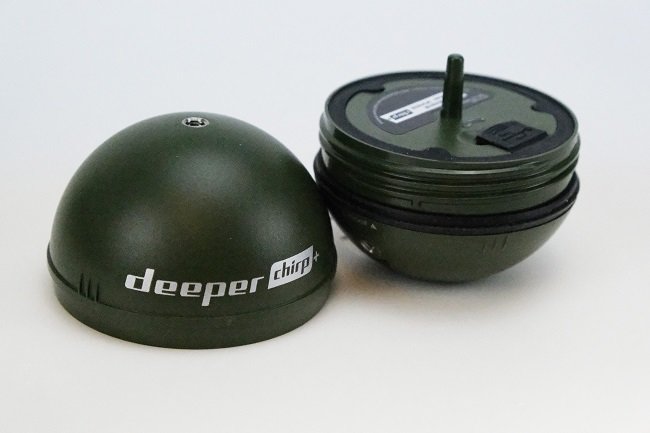
4.2 Technical specifications
If you take a closer look at any Deeper model and separate the two hemispheres (which anyways is mandatory for charging the battery), you will see that the entire technology is housed in a single half-sphere with a diameter of just 6 cm and a total weight of around 100g. In other words, in this tiny space you will find the
- transmitter,
- battery,
- GPS und
- Wlan.
That is already impressive enough – but by no means everything. As a castable fish sonar, the device must also permanently withstand the impacts of hitting the surface of the water. And of course, the unit must also be waterproof. To be honest: Who would have thought 10 years ago that something like this could be realized as a reliably functioning device? However, a Deeper sonar has not simply been ingeniously designed, but moreover, is extremely efficient in the results that can be achieved. Our practical experiences can only confirm this.
5. How to handle the Deeper fish finders in practice?
Maarek Jõhve Ap Robert fishermanfromtown Martin Nicolas Martin Lars Dahm Christoph Fink-Kneer Axel Martin Mario Kastner Jens KB kovalex apexq Torsten Markus Daehn Wolfgang Lange peter.schaup Martin Roger Hoffmann Stefan Franke Markus Marek Mario Jan Gewald Daniel Gerstberger Jens Rösler Michael Juergen Wartmann Christian Schreiegg Georg Christopher Neumann Markus Kaiser Benjamin Völker Martin Hunsicker-Wilhelm Alexander Knodel Olaf Klaus Gampp Cedric Engler Lukas Sergej Meder Oliver A. Martin Gerrit Mosig Julian Koehler Schell Andreas Michlpichl Andreas Schell Lukas Beck Holger Tino Pascal Manfred Thomes Uwe Koppel Christian Illner Xalgosch Felix Rib Stefan Fenske Nils Christian Markus Petz Günter Lorenz Andreas Vollmer Chris Vincenzo Russo Angelfreund harry.oberlassnig Pascal Marty christian.donnerbauer Andreas Herbst toti2276 hartmut kuhnke Kelvin Pohler Müller Wolfgang Walter Mathias Teichmann johannholzer Jung A. schuler.christoph mail2 Christoph Trösken Yves Rainer Roolfs Benjamin Hannes c.h2 eichhorn.anton jens_peter_weiss manfredsteinmann Martin Vollenweider Thomas Fleischer bell-christian binder.franz1

The Ultimate Deeper Guide
Learn the tricks of the pro
Reviews ( 86 )
We now want to show you briefly and concisely how you can achieve the best results possible on the water with a Deeper. And what’s more important: With a minimum of effort.
5.1 Preparations (app, battery, mounting)
After unpacking, the first step is to charge the fish finder battery. A suitable USB cable is included, but you can also use the charger from your smartphone. Depending on the outside temperature, the battery life on the water will vary; the manufacturer states an average of about 6 hours. A quite realistic value.
In the second step, you download the Deeper app from the Google or Apple Store and install it. There is an older version called “Deeper Smart” and a new version called “Deeper Fish”. The upgrade is definitely more comfortable in its design and operation. In addition, it now runs absolutely stable and reliable (after initial problems). However, we personally have only worked with the older version so far. Which in addition to the diverse configuration options, was just as intuitive to use.
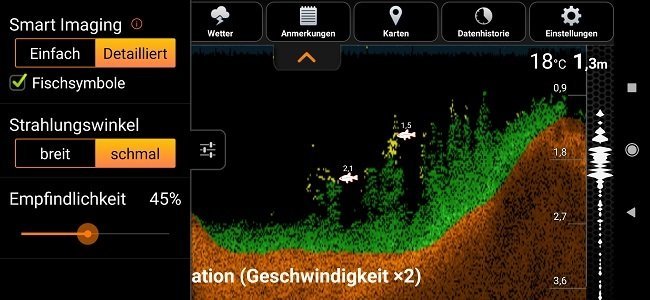
The Deeper has three optional attachment points for the fishing line. They are designed according to their position. This means that the device can also be used from high quay walls without any problems. The shore angler will usually choose the attachment close to the water surface. You will find more information on this in the instruction manual, which you should read before using the device for the first time. We did not do so and thus did not initially take into account some important setting options – primarily in the app.
5.2 Establishing a wireless connection
The app establishes a wifi connection with the Deeper smart sonar as soon as the device is in the water. Two contacts on the bottom of the housing switch the sensor on or off. With your smartphone or tablet, you simply open the wifi function in the SETTINGS and select the appropriate device. The connection is established automatically after a short time. You may still have to enter the start password from the instructions. Everything should be quite simple. If the smartphone does not want to establish a connection despite having entered the password, please check your ad blockers. In our case, for example, it was the app BLOCKADA 5 that prevented a proper connection.
If you are out alone, attach the mobile phone to the rod with a mount (e.g. the one from your bike). This allows you to cast the Deeper carefully and at the same time you can always keep an eye on the display while retrieving. the echo sounder.
5.3 How to optimize the retrieval speed
For optimal Deeper images, the retrieval speed is crucial. In practice, we have found an average speed of 3 km/h to be preferable. This can be ensured with a simple trick. You measure the line length on the reel per turn of the crank. This is best done at home. With the measured value, you can easily calculate how many crank turns per second ensure the desired speed.
Example calculation: 52 cm of line are measured per turn of the crank. With two turns of the crank, therefore, about one metre of line is reeled in. 3 km/h are 3000 m/h. Thus we get: 3000 m : 3600 sec = 0.83 m/sec (1h = 3600 seconds). If we now divide 0.83 cm by 0.52 cm, we get 1.59 crank turns. In practice this means: In two seconds the reel should turn about three times.
So you count … twenty-one … twenty-two – and meanwhile turn the reel three times. Then you have the optimal retrieval speed. But don’t worry, even if the Deeper is not moving or you deviate from the optimal speed, you will still get valuable information and useful pictures. So you don’t have to stick slavishly to our instructions and fall into an obsession with counting at the water.
Which line for the Deeper?
All the models from this manufacturer are tested with monofilament lines from 2.7 kg and braided lines up to 9 kg. However, always make sure that the fishing line is in good condition and does not show any cracks or signs of wear. Once a Deeper has been cast out in free flight, it is usually difficult to bring it back to shore (or on board).
5.4 How to scan the fishing area
The more you cast and retrieve the Deeper, the more information you will get. The best way to do this is in a fan-shaped manner, scanning for fishing grounds piece by piece.
You can either memorise relevant factors that indicate fish locations or chart them on a map. This is very easy to do with the Deeper GPS. All you have to do is specify in the app settings that you are a shore angler. Then a piece of map is automatically created each time you cast, which you can subsequently save and access via the app.
You will need some experience with the fishing charts and fish finder images to be able to interpret them correctly – and above all promptly. However, we can assure you that after just two or three sessions you will become relatively confident in using the device..
However, it is better, safer, and faster to use our Deeper basic course.
Maarek Jõhve Ap Robert fishermanfromtown Martin Nicolas Martin Lars Dahm Christoph Fink-Kneer Axel Martin Mario Kastner Jens KB kovalex apexq Torsten Markus Daehn Wolfgang Lange peter.schaup Martin Roger Hoffmann Stefan Franke Markus Marek Mario Jan Gewald Daniel Gerstberger Jens Rösler Michael Juergen Wartmann Christian Schreiegg Georg Christopher Neumann Markus Kaiser Benjamin Völker Martin Hunsicker-Wilhelm Alexander Knodel Olaf Klaus Gampp Cedric Engler Lukas Sergej Meder Oliver A. Martin Gerrit Mosig Julian Koehler Schell Andreas Michlpichl Andreas Schell Lukas Beck Holger Tino Pascal Manfred Thomes Uwe Koppel Christian Illner Xalgosch Felix Rib Stefan Fenske Nils Christian Markus Petz Günter Lorenz Andreas Vollmer Chris Vincenzo Russo Angelfreund harry.oberlassnig Pascal Marty christian.donnerbauer Andreas Herbst toti2276 hartmut kuhnke Kelvin Pohler Müller Wolfgang Walter Mathias Teichmann johannholzer Jung A. schuler.christoph mail2 Christoph Trösken Yves Rainer Roolfs Benjamin Hannes c.h2 eichhorn.anton jens_peter_weiss manfredsteinmann Martin Vollenweider Thomas Fleischer bell-christian binder.franz1

The Ultimate Deeper Guide
Fish like a pro
Reviews ( 86 )
6. Which Deeper model is the right one for your personal needs?
With a Deeper smart sonar, it’s no different than buying a smartphone or smartwatch. The more high-performance and sophisticated the device is, the better the results that you can expect. With the Deeper series, you can start with the most basic models at €100, but you can also spend two and a half times that amount on the premium model. To help you decide which model is the perfect one for you, we have compiled the technical characteristics of all currently available castable fish finders of Deeper UAB in this chapter. Including a comprehensive comparison in the form of a table.
But you should also ask yourself
- how intensively you are going to use the device
- and which functions are therefore indispensable for you.
If you go fishing frequently and are out and about on different waters, you will be more likely to go for a higher-quality model than the recreational angler at his club pond.
7. Get to know the Deeper fish finder family
In the following chapters you will learn about the technical features, differences, advantages and disadvantages of all Deeper fish finder series.
7.1 Deeper Start
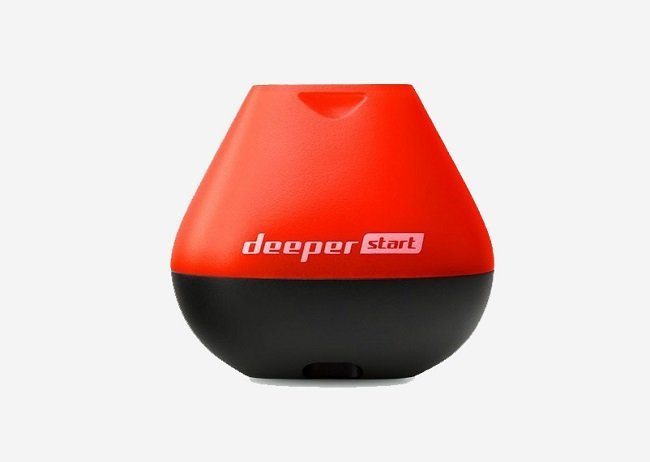
The most basic member of the Deeper family can already do quite a bit, but its features and functionality are limited to what is necessary. The scanner works with a single frequency of 120 kHz, with an aperture angle of 40°. The manufacturer thus pursues a viable compromise to put the emphasis on a broadly spread detection range. At a water depth of two meters, an area of 1.5 meters in diameter is already scanned; at a depth of five meters, the area is 3.62 meters in diameter.
This allows you to scan the fishing area in a time-saving way, but you have to do without higher resolutions and object separations in the detail area, as higher scan frequencies could provide. The images of the Deeper Start are therefore not very detailed, but show the ground profile with all the interesting structures in a sufficiently clear way.
The Deeper basic unit also finds fish – but you should not blindly trust the displayed fish symbols. In addition, there are significantly fewer fish found compared to the top device Deeper Chirp+. In certain areas, there were none to be seen at all, which should not be surprising given the minimal technical equipment.
In the Deeper Start, cuts were also made with the WLAN module, which only has half the range of the Deeper Chirp+, with a range of onlz 50 meters. The same applies to the achievable depth of the single frequency, which is also only 50 meters.
Nevertheless, the Deeper Start is recommendable for the occasional angler, because
- it is lightweight,
- can help to find hotspots
- as well as it also finds one or another fish.
- In summary: For a retail price of just 90 € it is quite a bargain.
Technical features of the Deeper Start:
Diameter: 6.5 cm / 2.56 in.
Weight: 65 g.
WIFI range: Up to 50 m/ 165 ft.
Maximum depth: 50 m / 165 ft.
Minimum depth: 0.5 m / 1.5 ft.
Working temperature: 0° C to +40° C / 104°F.
Battery: Lithium polymer battery 3.7 V / 850 mAh. Lasts up to 6 hours. Charging time from completelz emptied battery approx. 2.5 hours.
Charger: Max. 5V/650 mAh.
Transmission cone / frequency: 40° at 120 kHz
Scan frequency: 10 x per second.
Compatibility: iOS 12 and Android 5.0 or higher.
Firmware update: Via app.
7.2 Deeper Pro and Deeper Pro+
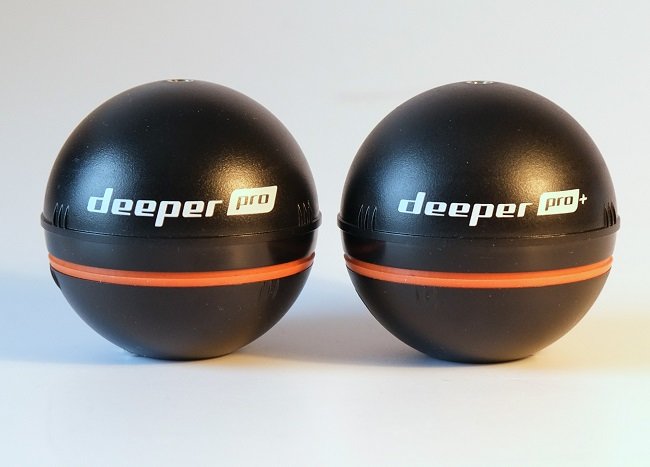
The two models (Pro and Pro+) differ only in the presence or absence of the GPS equipment. With the rather small price difference of only 20 – 30 €, the GPS variant (Pro+) is definitely the better choice.
With two transmission frequencies (290 kHz and 90 kHz), the Pro models are ideally suited for exploring unkonwn waters. With the large transmission cone (90 kHz, 55° aperture angle), wide areas can be displayed in one single measurement. This gives a quick overview of the present ground formations and thus facilitates the fish detection.
At a water depth of only 2 m, already an area of 2.10 m diameter is covered, at a depth of 5 m it is already 5.10 m. The only disadvantage of this wide detection method is the resolution of details. This means that small objects are either not correctly detected or not correctly separated in case they are very close to each other. Consequently, the display sharpness and resolution are noticeably worse than with high transmission frequencies.
However, the Pro models can do both. With 290 kHz (15° aperture angle), the transmission cone is significantly smaller, but the mentioned disadvantages in the display quality are compensated. The transmission range (WLAN) is also extended to a comfortable 100 m (in comparison to the Deeper start) – and it goes down to 80 m in depth.
Both models run perfectly stable in the water. Even in turbulent weather, the transmission was reliable. The sonar images are of better resolution than the ones of the entry-level model Deeper Start, the display quality pleases (as expected with 290 kHz) even our high-standards. With the fish detection, however, there is still room for improvement, if you have the potential of the Chirp+ series in mind.
Maarek Jõhve Ap Robert fishermanfromtown Martin Nicolas Martin Lars Dahm Christoph Fink-Kneer Axel Martin Mario Kastner Jens KB kovalex apexq Torsten Markus Daehn Wolfgang Lange peter.schaup Martin Roger Hoffmann Stefan Franke Markus Marek Mario Jan Gewald Daniel Gerstberger Jens Rösler Michael Juergen Wartmann Christian Schreiegg Georg Christopher Neumann Markus Kaiser Benjamin Völker Martin Hunsicker-Wilhelm Alexander Knodel Olaf Klaus Gampp Cedric Engler Lukas Sergej Meder Oliver A. Martin Gerrit Mosig Julian Koehler Schell Andreas Michlpichl Andreas Schell Lukas Beck Holger Tino Pascal Manfred Thomes Uwe Koppel Christian Illner Xalgosch Felix Rib Stefan Fenske Nils Christian Markus Petz Günter Lorenz Andreas Vollmer Chris Vincenzo Russo Angelfreund harry.oberlassnig Pascal Marty christian.donnerbauer Andreas Herbst toti2276 hartmut kuhnke Kelvin Pohler Müller Wolfgang Walter Mathias Teichmann johannholzer Jung A. schuler.christoph mail2 Christoph Trösken Yves Rainer Roolfs Benjamin Hannes c.h2 eichhorn.anton jens_peter_weiss manfredsteinmann Martin Vollenweider Thomas Fleischer bell-christian binder.franz1

The Ultimate Deeper Guide
Read more
Reviews ( 86 )
Deeper Pro and Pro Plus – technical features:
- Diameter: 6.5 cm / 2.56 inch.
Weight: 100 g.
WIFI range: Up to 100 m / 330 ft.
Maximum depth: 80 m / 262 ft.
Units for measuring of the water temperature: Celsius / Fahrenheit.
Units for the measuring of the water depth: Meters / Fathoms.
GPS (Pro+ only): 48 channel GPS receiver.
Working temperature: -20°C to +40°C/-4°F to +104°F.
Battery: Lithium polymer battery 3.7 V / 850 mAh rechargeable. Running time with 290 kHz up to 6 hours. Charging time with completely emptied battery approx. 2 hours.
Transmission cone / frequency: 15° at 290 kHz, 55° at 90 kHz.
Scan frequency: 15 x per second.
Firmware update: Via app.
Compatible with: iOS 12 and Android 5.0 upwards.
7.3 Deeper CHIRP+ – smart sonar
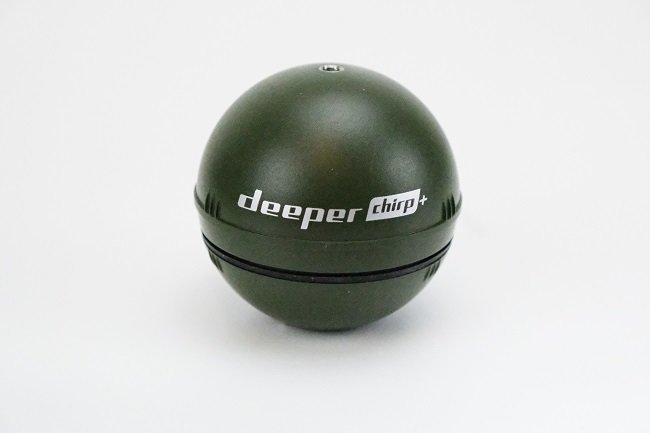
The non-plus-ultra among the castable fish finders: The only device that combines the advantages of Chirp with a powerful WiFi plus a high-sensitivity GPS.
The images are the best we have seen so far on a deployable fish sonar:
- Flawless object separation,
- excellent resolution of details,
- minimized surface interference
- as well as a fabulous depth range of 100 m.
speak for themselves.
The device immediately finds fish in areas that certainly have some – such as at the water inlet or the ice edge. In comparison, the Pro models were noticeably inferior in this regard.
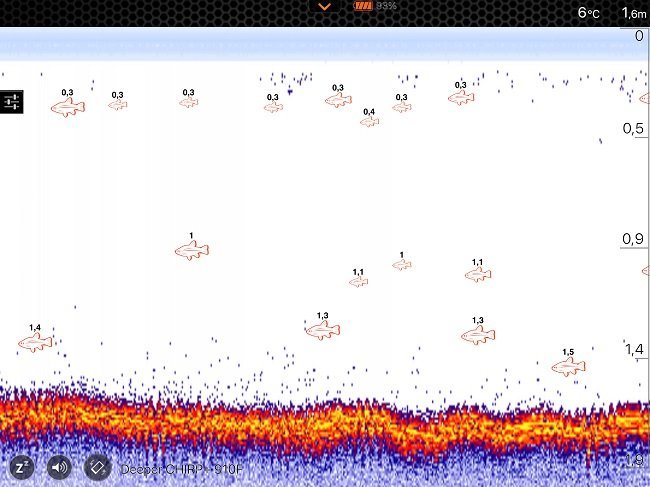
Deeper CHIRP+ – additional features:
The Deeper Chirp+ has all the technical characteristics as already described with the Pro models, but in addition features the following:
Separation of objects at a distance as close as 1 centimeter.
A clear and detailed display of the ground structures as well as the different types and sizes of fish.
With Chirp less surface noise and interference.
Display already from 15 cm and up to 100 m water depth.
3 transmitting cones with different frequencies (7°, 16° and 47°).
The Deeper Chirp+ is therefore our absolute recommendation to buy, as the additional functions – as well as the information it provides – justify the higher price.
7.4 Deeper Chirp+ 2:
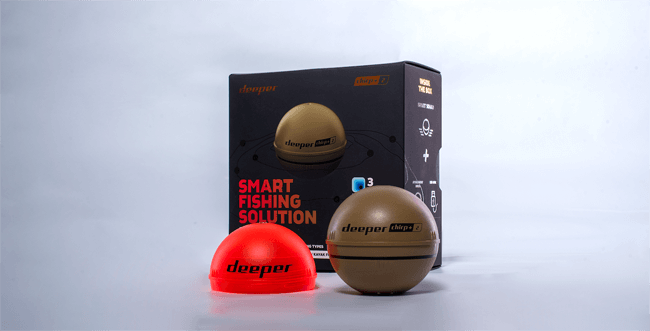
The Deeper Chirp+ 2 is the update of the Chirp Plus – the representative of the Deeper fishfinder series, which we actually already presented as the non-plus-ultra of castable fishfinders.
The questions we immediately asked ourselves were:
- What the Deeper CHIRP Plus 2 is really capable of?
- And above all, what it should be able to do better than its predecessor, the Deeper Chirp Plus?
To find that out, we simply asked the manufacturer of the Deeper fish finders directly. According to him the highlights of its new mobile fish sonar are:
- 3 transmission cones: with aperture angles of 7°, 20° and 47°. With the Fish Deeper app, you can easily switch back and forth between the 3.
- 3 frequencies: Each of the 3 transmission cones in turn has its own assigned frequency band. 7° – 675 kHz, 20° – 240 kHz and 47° – 100 kHz.
- Powerful battery: The built-in sonar battery increases the weight by only 2 g, but the capacity at the same time by a whopping 37%! This results in a runtime of up to 15 hours (9 when using the GPS).
- ARM Cortex M7 processor: Thanks to a sleep function, this processor generation can manage the consumed energy extremely efficiently. And this is exactly what results in the long battery life. Compared to other processors, the ARM Cortex M7 comes with a TCM memory (Tightly Coupled Memory), which is located so close to the processor that information can be processed mega fast.
- Especially suitable for carp anglers: Due to the incredible range of the new Deeper CHIRP+ 2, it is particularly suitable for the use in feeding boats.
- For those who want to map their favourite waters: If you want to know your fishing spots down to the smallest detail, then you should definitely get the Deeper CHIRP Plus 2. Due to the long battery life, you have enough time to really make distance – without having to worry that you run out of juice.
- For rowing and belly boats, as well as fishing kayaks: You have only limited space available – such as on a belly boat or fishing kayak? Then you should definitely consider the Deeper CHIRP+ 2. The newest member of the Deeper family will never leave you alone on the water without battery. Especially in crowded conditions, the technology must keep running smoothly.
- Scan depth: Up to 100 m – but can be reliably achieved only with the lowest frequency (100 kHz), so with the wide sonar beam or aperture angle of 47 °.
Maarek Jõhve Ap Robert fishermanfromtown Martin Nicolas Martin Lars Dahm Christoph Fink-Kneer Axel Martin Mario Kastner Jens KB kovalex apexq Torsten Markus Daehn Wolfgang Lange peter.schaup Martin Roger Hoffmann Stefan Franke Markus Marek Mario Jan Gewald Daniel Gerstberger Jens Rösler Michael Juergen Wartmann Christian Schreiegg Georg Christopher Neumann Markus Kaiser Benjamin Völker Martin Hunsicker-Wilhelm Alexander Knodel Olaf Klaus Gampp Cedric Engler Lukas Sergej Meder Oliver A. Martin Gerrit Mosig Julian Koehler Schell Andreas Michlpichl Andreas Schell Lukas Beck Holger Tino Pascal Manfred Thomes Uwe Koppel Christian Illner Xalgosch Felix Rib Stefan Fenske Nils Christian Markus Petz Günter Lorenz Andreas Vollmer Chris Vincenzo Russo Angelfreund harry.oberlassnig Pascal Marty christian.donnerbauer Andreas Herbst toti2276 hartmut kuhnke Kelvin Pohler Müller Wolfgang Walter Mathias Teichmann johannholzer Jung A. schuler.christoph mail2 Christoph Trösken Yves Rainer Roolfs Benjamin Hannes c.h2 eichhorn.anton jens_peter_weiss manfredsteinmann Martin Vollenweider Thomas Fleischer bell-christian binder.franz1

The Ultimate Deeper Guide
Read more
Reviews ( 86 )
| Material | The Deeper Chirp+ 2 is made of very robust ABS material and furthermore has stainless titanium inserts. |
| Compatibility | Compatible with all iPhones with at least iOS 12.0 and Android smartphones from version 6.0 (Marshmallow from 2015) on. |
| Target separation | 1 cm (0,4 in) for narrow and 2.4 cm (0,94 in) for medium and wide sonar beam. |
| Beam angle and frequencies | Narrow sonar beam 7° (675 kHz), medium 20° (240 kHz) and wide 47° (100 kHz). |
| Battery life (with GPS enabled) | Up to 15 hours (9 hours with GPS use). |
| Ejection range | Up to 100 m. In practice, of course, this depends on undisturbed reception. |
| Scanning depth under water | Deeper does write from 15 cm up to 100 m. Which frequencies support which depth, however, remains hidden from us. |
| Ping rate (number of emitted echoes) | Up to 15 pings per second. |
| Temperature display | Yes, available. |
| GPS (supported satellite systems) | GPS, GLONASS, Galileo, BeiDou, QZSS. |
| Fast charging system | Yes. With an 80% charge in 1 hour - or 100% in 110 minutes. |
| Especially suitable for | Fishing kayak, belly boat, ice fishing, as a castable fish finder for boat anglers, shore and carp fishing. |
| Weight | 92 g |
7.5 All the Deeper models in a lucid comparison:
| Features | Deeper Start | Deeper Pro | Deeper Pro+ | Deeper Chirp+ | Deeper Chirp+ 2 |
|---|---|---|---|---|---|
| Number of transmission cones | 1 | 2 | 2 | 3 | 3 |
| Frequencies (kHz) | 120 | 90/299 | 90/299 | multi-frequency | multi-frequency |
| Opening angle transmission cone | 40° | 55°/15° | 55°/15° | 7°/16°/47° | 7°/20°/47° |
| GPS | - | - | Yes | Yes | Yes |
| Map-Plotting | - | - | Yes | Yes | Yes |
| Wifi coverage (m) | 50 | 100 | 100 | 100 | 100 |
| Echo depth range (m) | 50 | 80 | 80 | 100 | 100 |
| Minimal depth of display (m) | 0,5 | 0,5 | 0,5 | 0,15 | 0,15 |
| Operating temperature (Celsius) | 0° to +40° | -20° to +40° | -20° to +40° | -20° to +40° | -20° to +40° |
| Scanning frequency (per second) | 10 | 15 | 15 | 15 | 15 |
| Battery (Lithium-Polymer) | 3,7V/850 mAh | 3,7V/850 mAh | 3,7V/850 mAh | 3,7V/850 mAh | 3,8V/1500 mAh |
| Mounting points | 1 | 3 | 3 | 3 | 3 |
| Compatibility | iOS + Android | iOS + Android | iOS + Android | iOS + Android | iOS + Android |
| Weight (g) | 65 | 100 | 100 | 110 | 92 |
| Price (€ ) | 90 | 170 | 200 | 250 | 300 |
Maarek Jõhve Ap Robert fishermanfromtown Martin Nicolas Martin Lars Dahm Christoph Fink-Kneer Axel Martin Mario Kastner Jens KB kovalex apexq Torsten Markus Daehn Wolfgang Lange peter.schaup Martin Roger Hoffmann Stefan Franke Markus Marek Mario Jan Gewald Daniel Gerstberger Jens Rösler Michael Juergen Wartmann Christian Schreiegg Georg Christopher Neumann Markus Kaiser Benjamin Völker Martin Hunsicker-Wilhelm Alexander Knodel Olaf Klaus Gampp Cedric Engler Lukas Sergej Meder Oliver A. Martin Gerrit Mosig Julian Koehler Schell Andreas Michlpichl Andreas Schell Lukas Beck Holger Tino Pascal Manfred Thomes Uwe Koppel Christian Illner Xalgosch Felix Rib Stefan Fenske Nils Christian Markus Petz Günter Lorenz Andreas Vollmer Chris Vincenzo Russo Angelfreund harry.oberlassnig Pascal Marty christian.donnerbauer Andreas Herbst toti2276 hartmut kuhnke Kelvin Pohler Müller Wolfgang Walter Mathias Teichmann johannholzer Jung A. schuler.christoph mail2 Christoph Trösken Yves Rainer Roolfs Benjamin Hannes c.h2 eichhorn.anton jens_peter_weiss manfredsteinmann Martin Vollenweider Thomas Fleischer bell-christian binder.franz1

The Ultimate Deeper Guide
Learn the tricks of the pro
Reviews ( 86 )
If you are still unsure about which Deeper model to choose (despite all the recent information), you can check out our reviews of the Deeper Pro and Pro+, as well as the Deeper Chirp+ or our our comprehensive guide about “How to choose the right fish finder?”. However, some things can already be concluded from the table. For example, that the Deeper Start is not suitable for ice fishing – due to its working temperature. Or that only the Deeper Chirp+ can be used to fully scan the peripheral areas of many waters, as only it has a sufficiently low minimum display depth. We would like to remind you once again of the screenshot in its detailed model description.
This brings us to the end of our detailed guide “All about Deeper fishfinders and sonars: technology, prices, handling and personal experiences”. If you have any questions, additions or comments, please let us know – we are looking forward to your feedback – or have a look at the other fish finder reviews in our extensive fish finder test (including the newest models of all important fish finder manufacturers like Garmin, Lowrance, Humminbird or Raymarine). Have fun on your next angling trip and “Petri Heil” – Jens and Martin!
Could you take 1 Click to share your experiences?
We will be forever grateful. With your rating we can improve.
average rating 5 / 5. Number of ratings: 3
Be the first to rate this post!

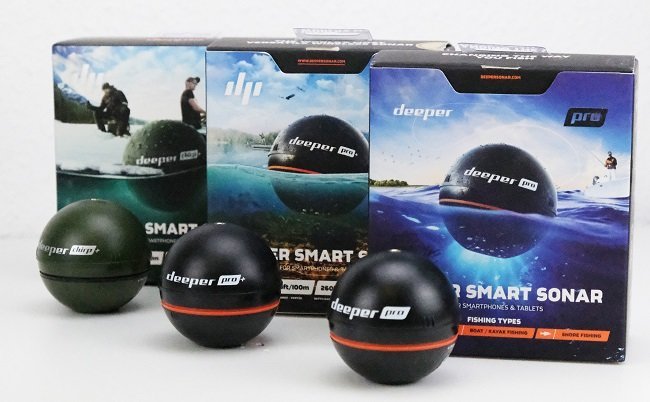
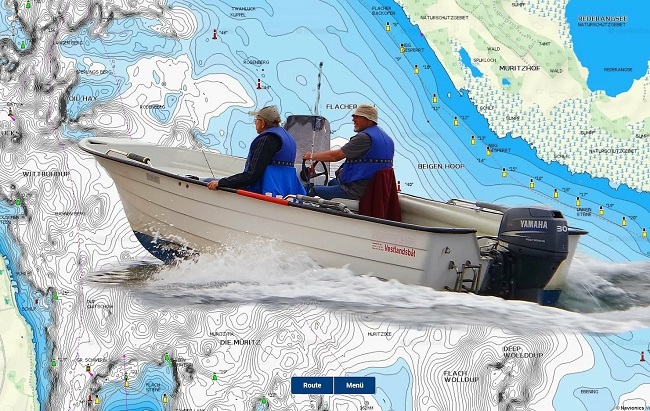
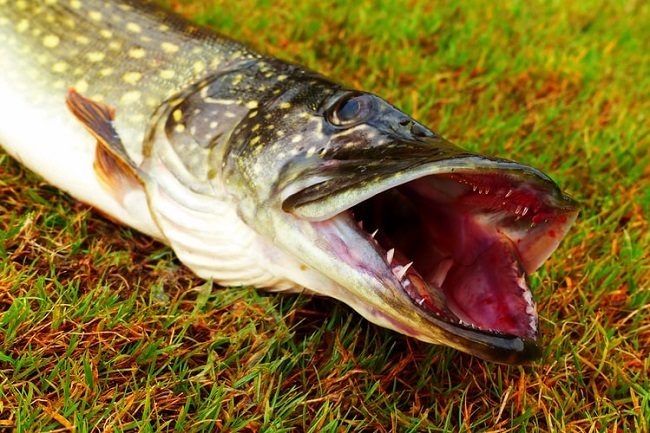
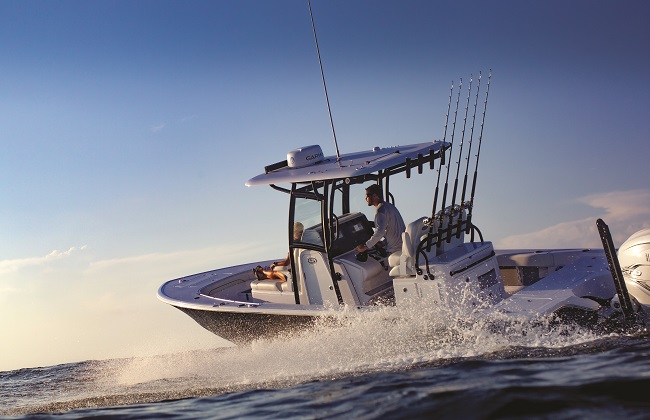
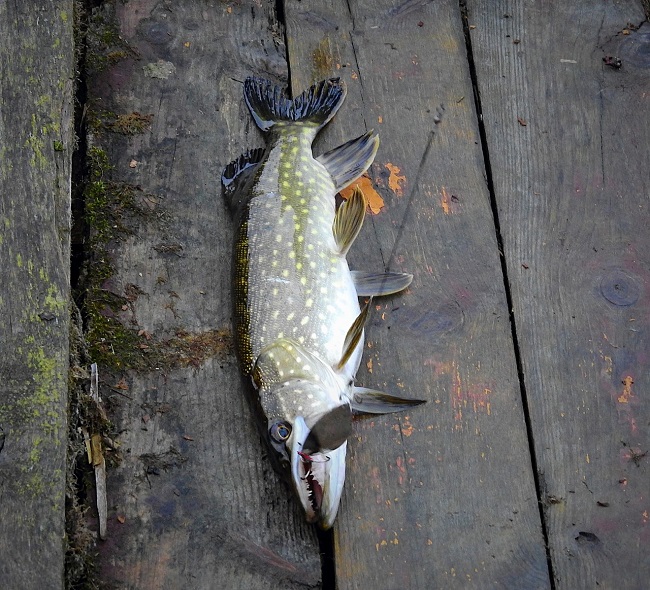
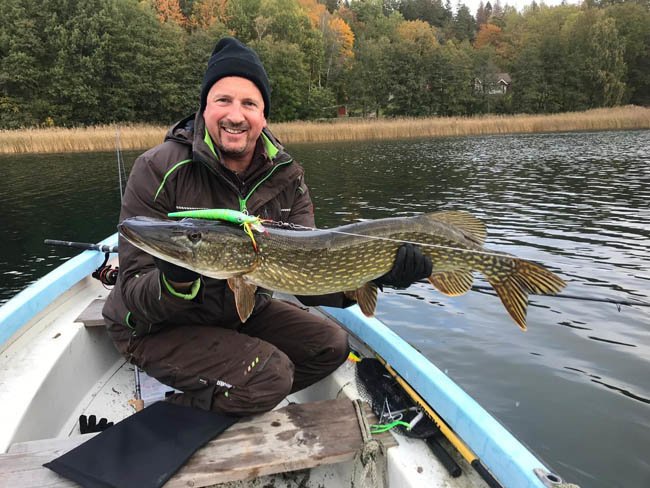
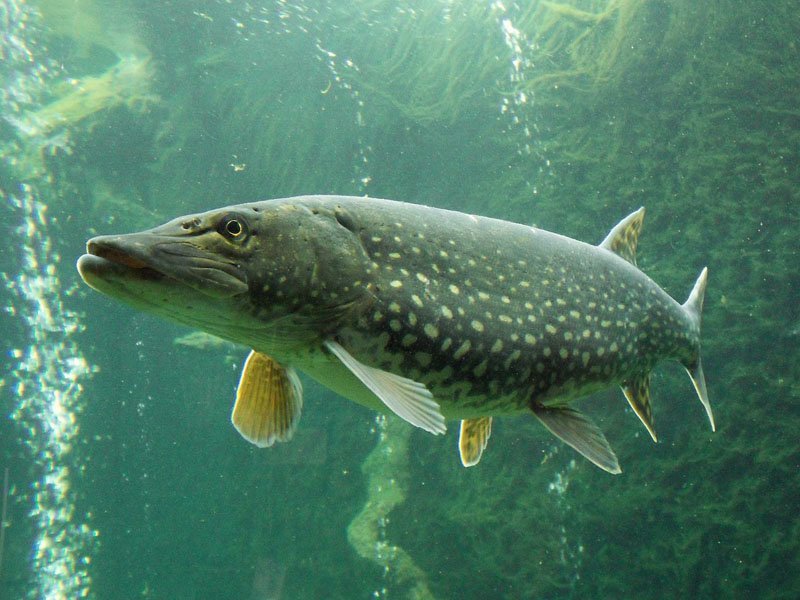
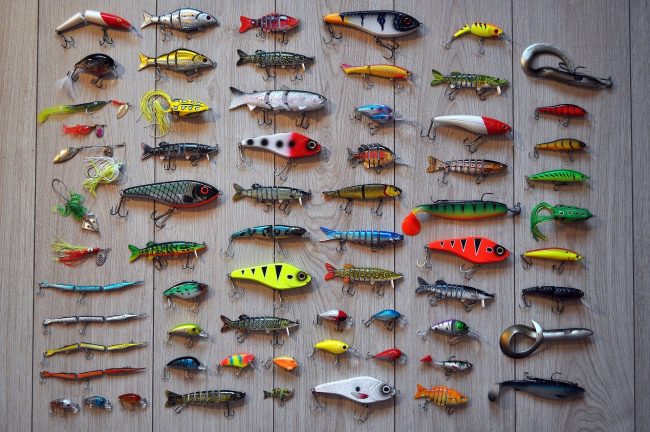
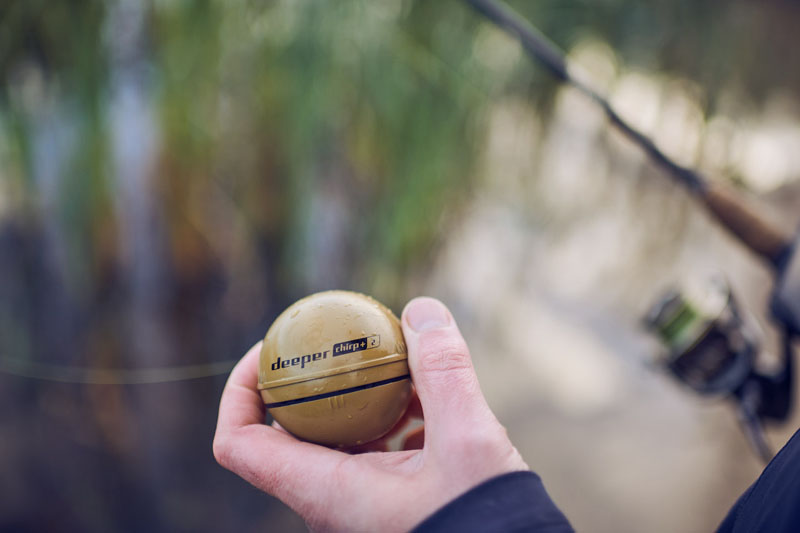
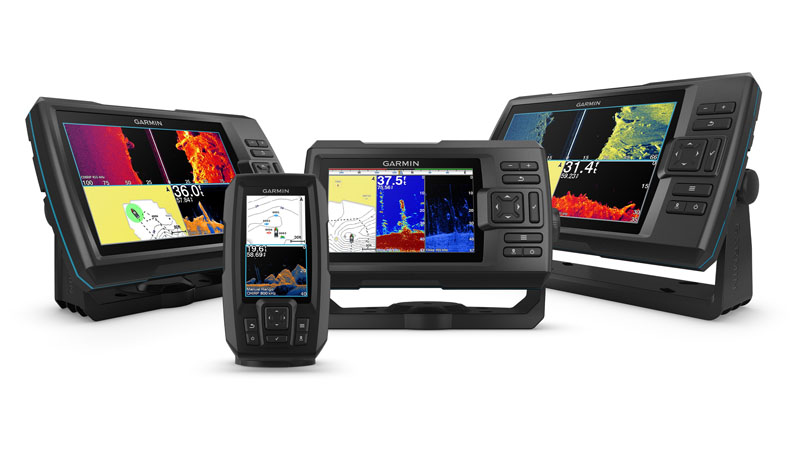
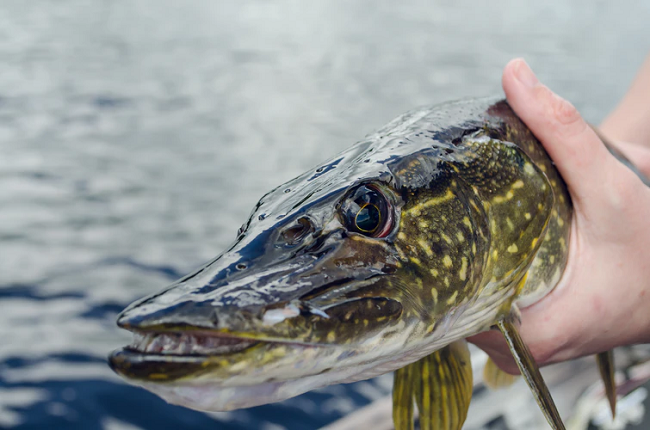
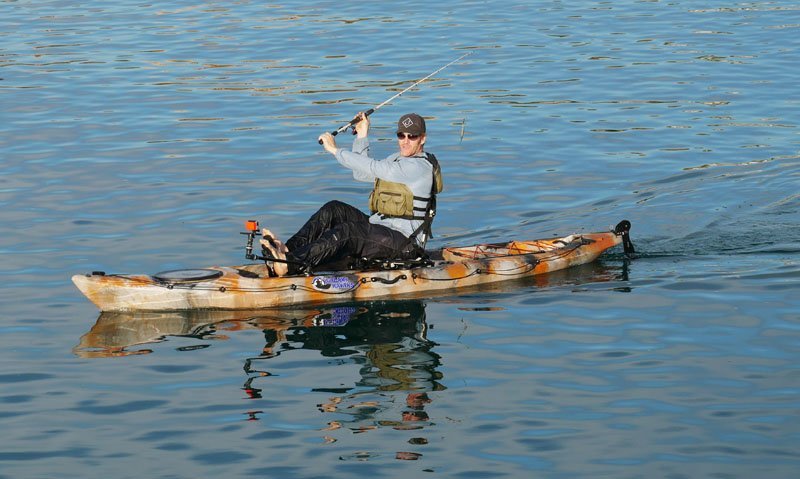
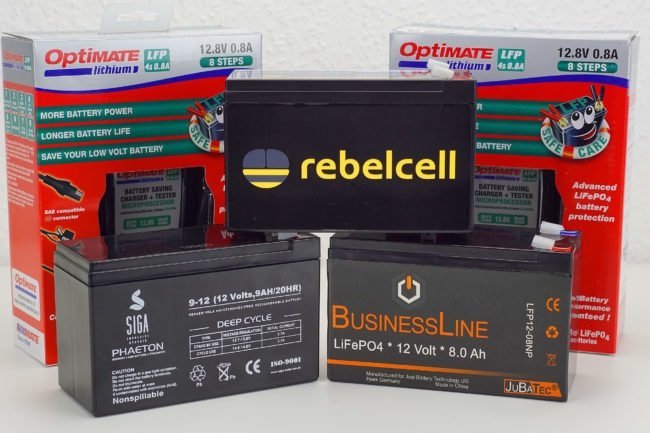
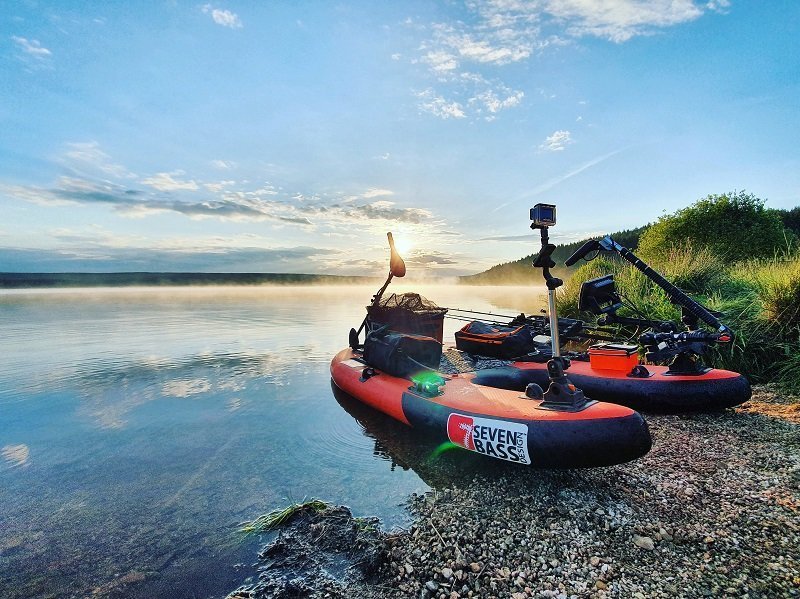
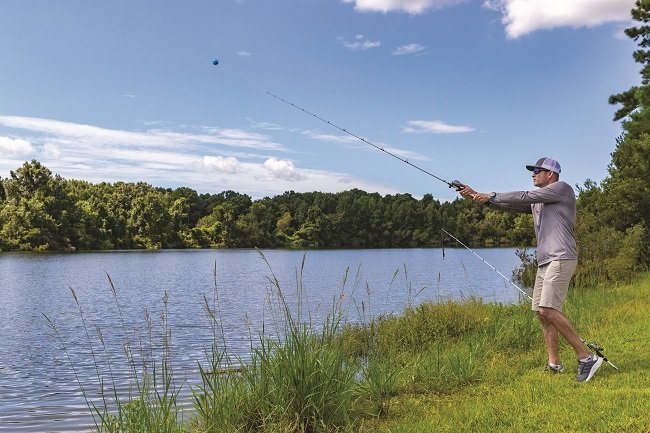

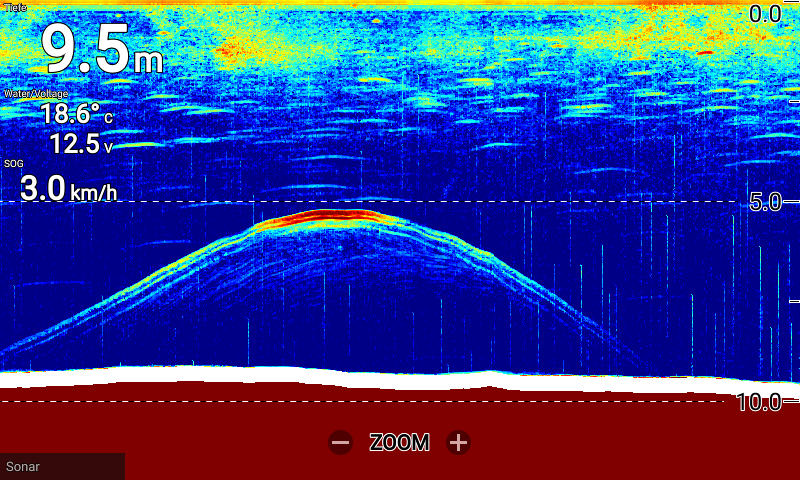
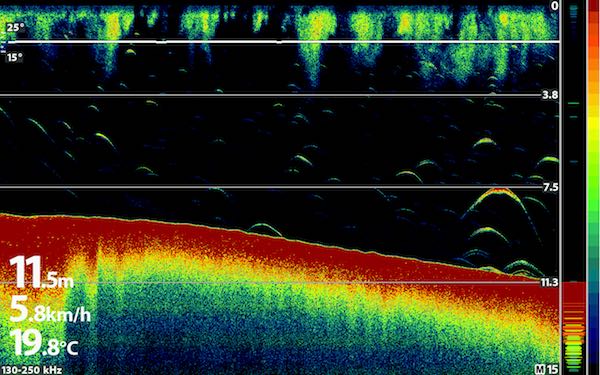
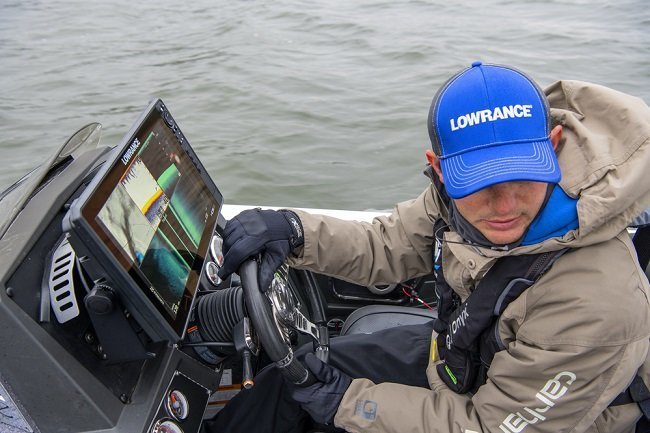
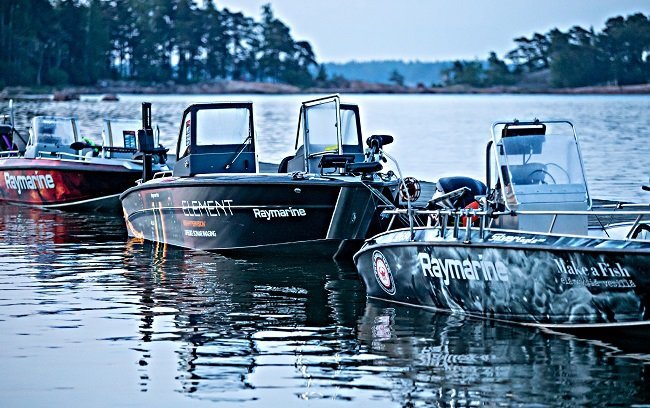
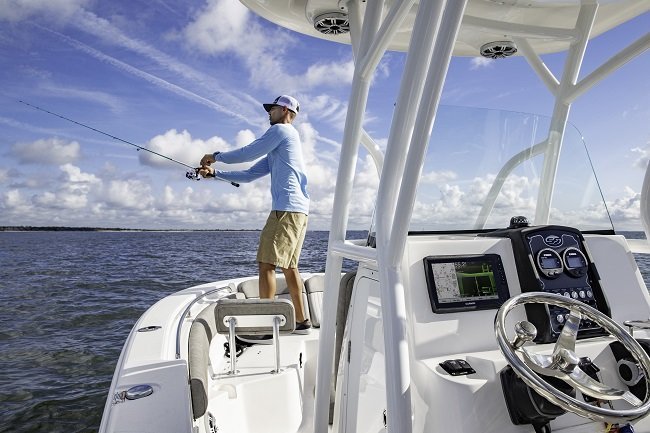
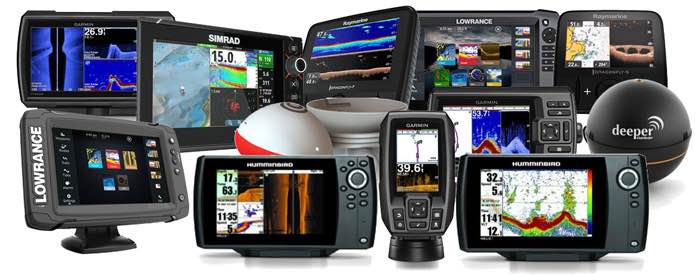
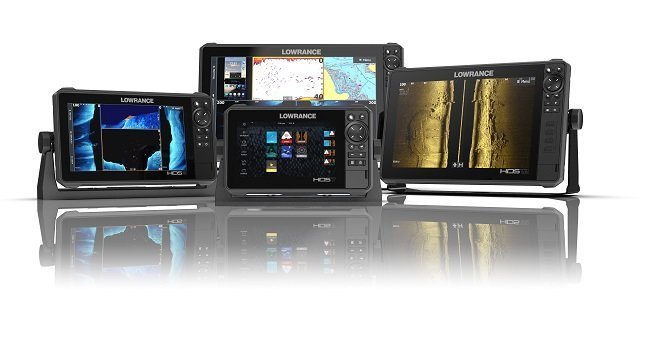
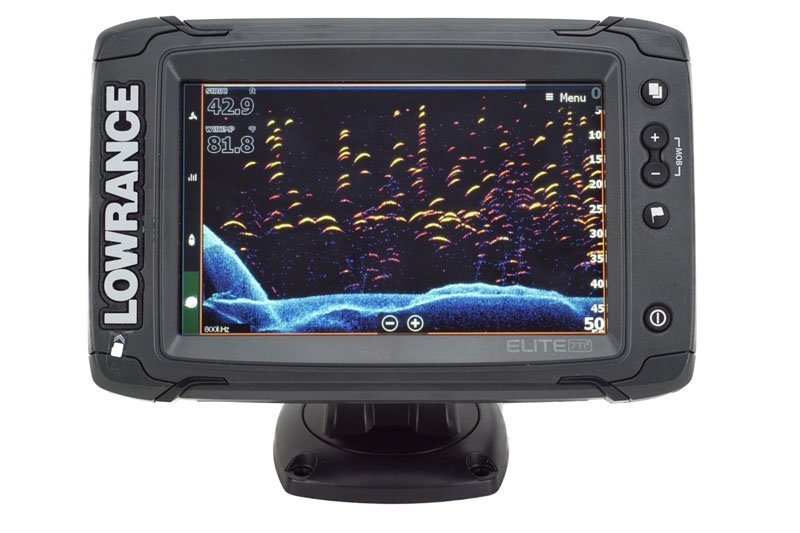
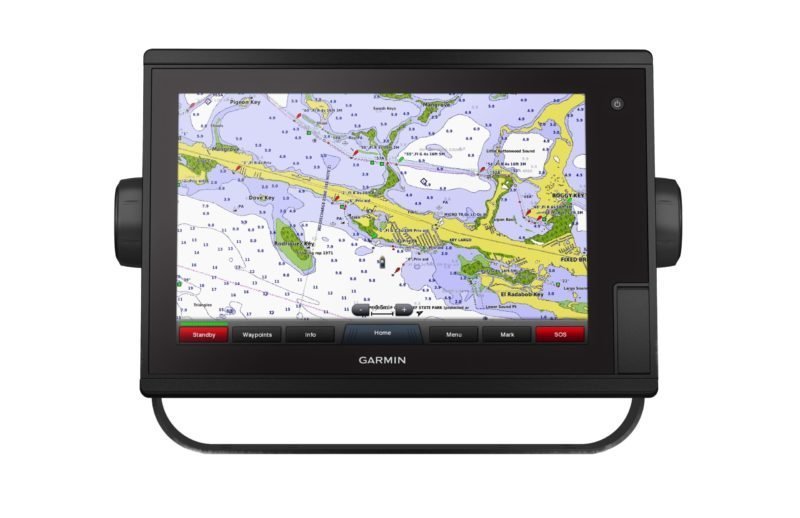
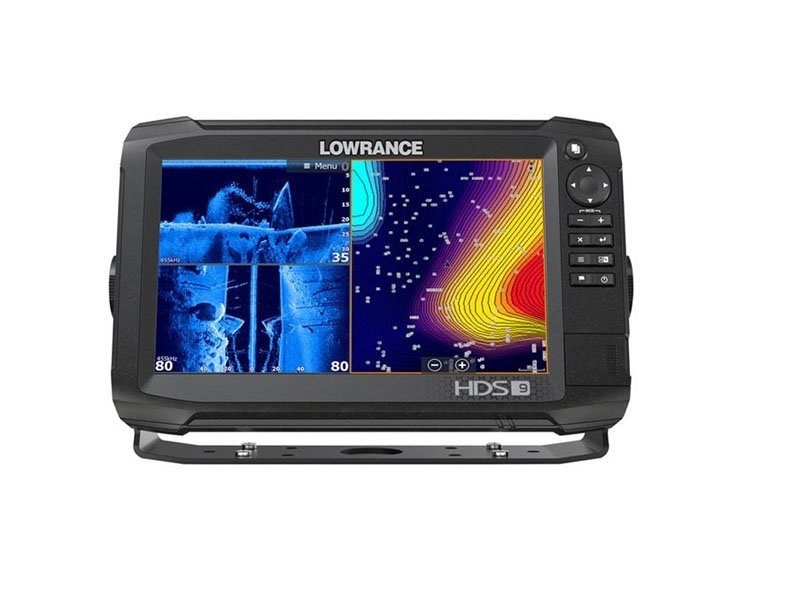
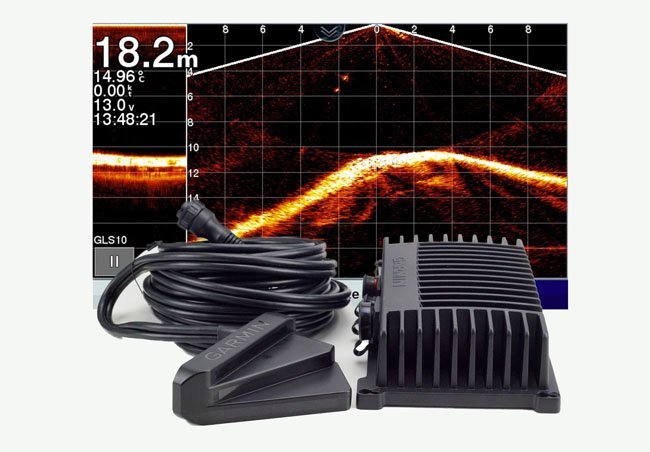
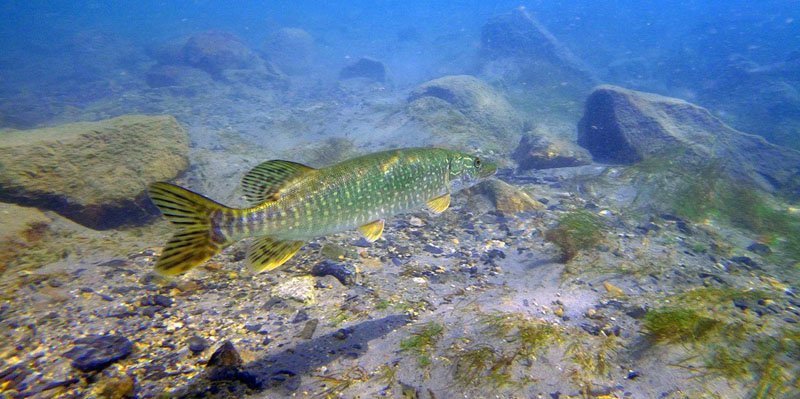
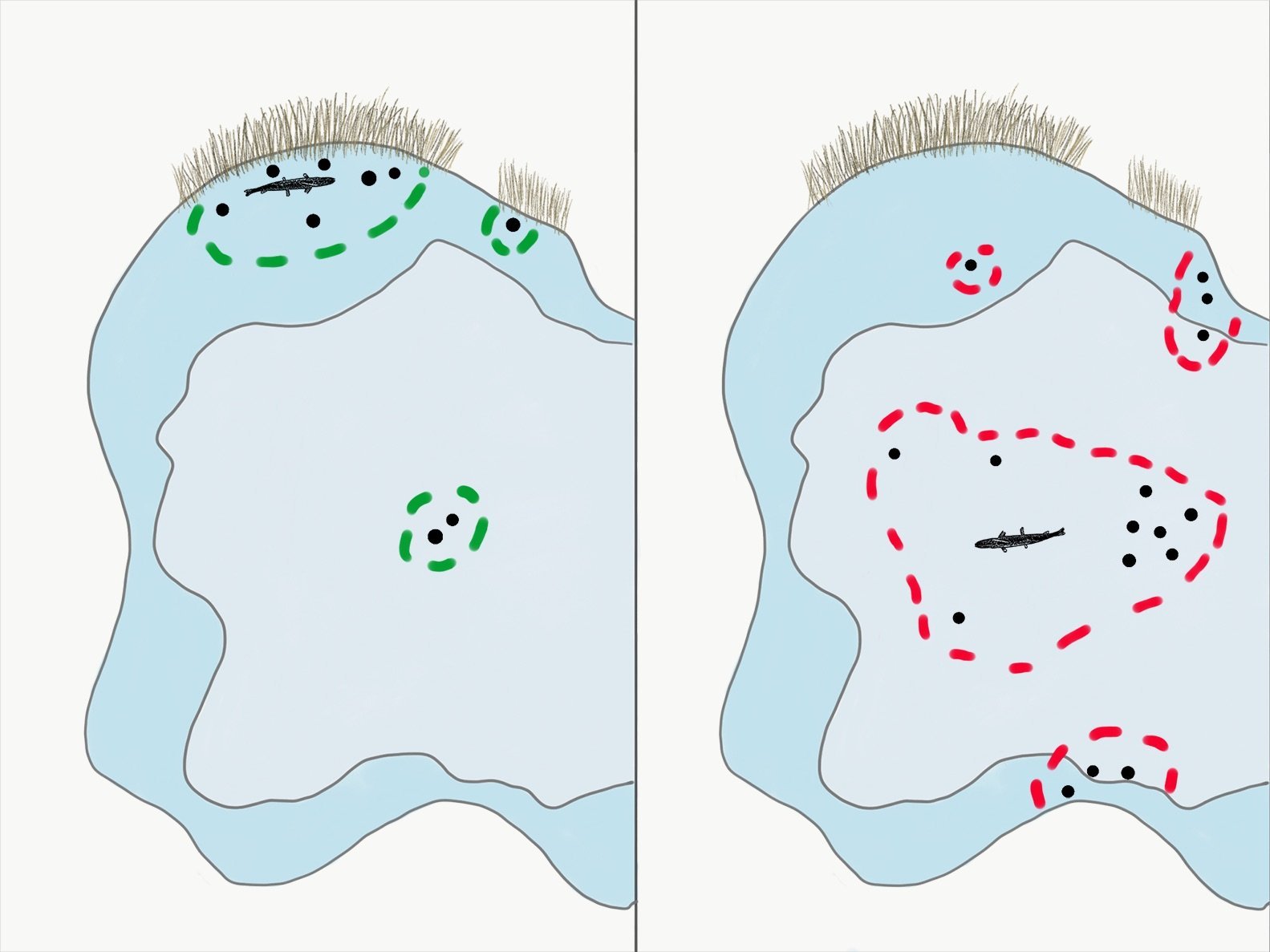
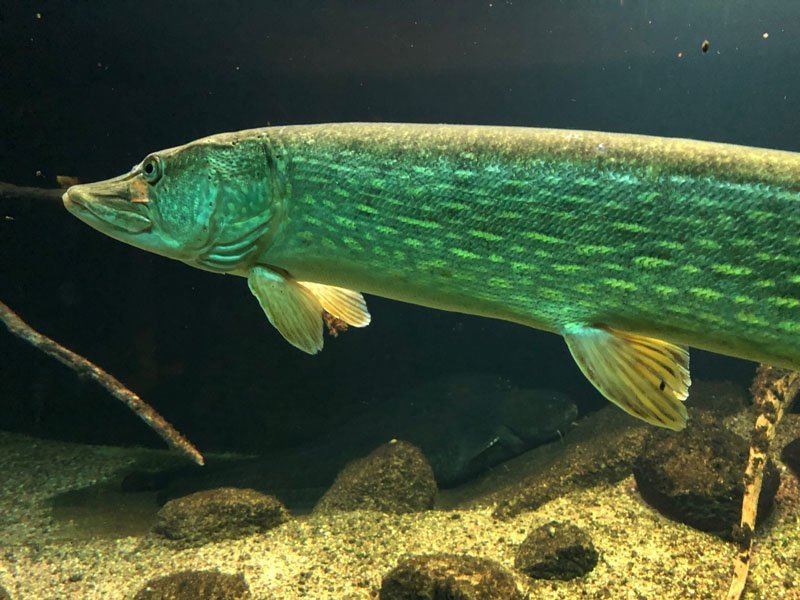
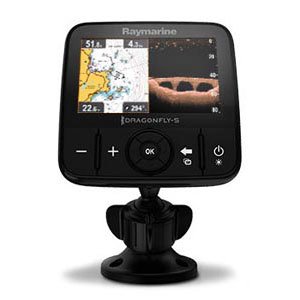
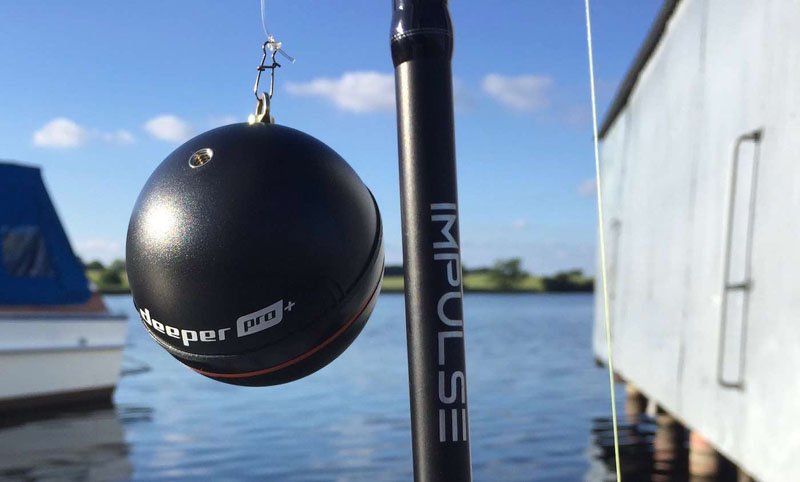
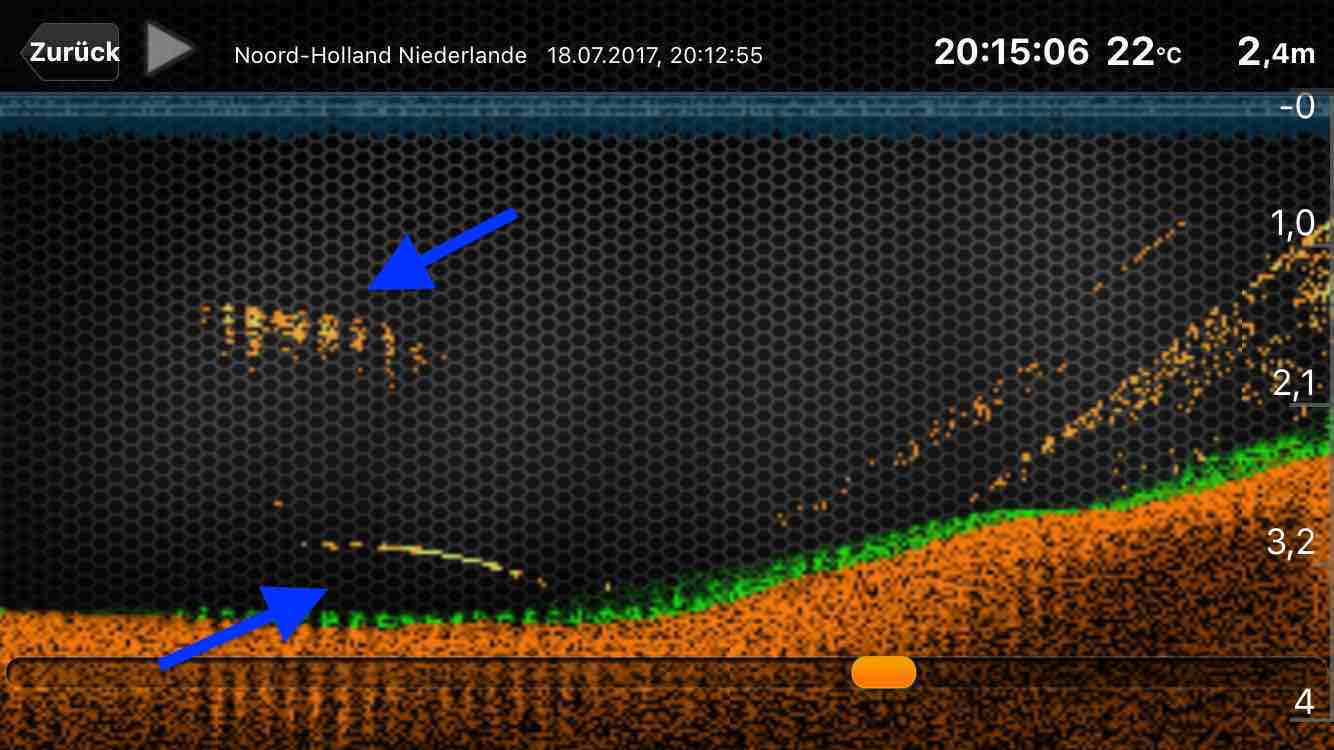
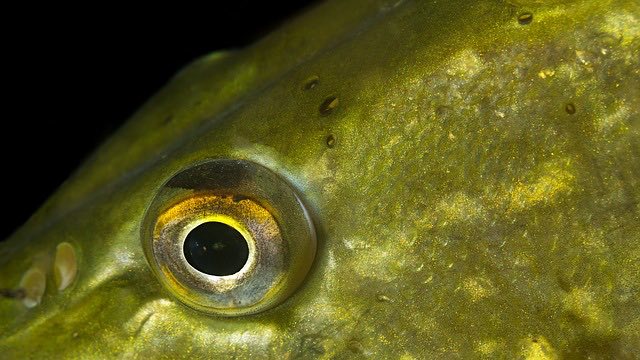


Maarek Jõhve
Ap
Robert
fishermanfromtown
Martin
Nicolas
Martin
Lars Dahm
Christoph Fink-Kneer
Axel
Martin
Mario Kastner
Jens
KB
kovalex
apexq
Torsten
Markus Daehn
Wolfgang Lange
peter.schaup
Martin
Roger Hoffmann
Stefan Franke
Markus Marek
Mario
Jan Gewald
Daniel Gerstberger
Jens Rösler
Michael
Juergen Wartmann
Christian
Schreiegg Georg
Christopher Neumann
Markus Kaiser
Benjamin Völker
Martin Hunsicker-Wilhelm
Alexander Knodel
Olaf
Klaus Gampp
Cedric Engler
Lukas
Sergej Meder
Oliver A.
Martin
Gerrit Mosig
Julian Koehler
Schell Andreas
Michlpichl
Andreas Schell
Lukas Beck
Holger
Tino
Pascal
Manfred Thomes
Uwe Koppel
Christian Illner
Xalgosch
Felix Rib
Stefan Fenske
Nils
Christian
Markus Petz
Günter Lorenz
Andreas Vollmer
Chris
Vincenzo Russo
Angelfreund
harry.oberlassnig
Pascal Marty
christian.donnerbauer
Andreas Herbst
toti2276
hartmut kuhnke
Kelvin Pohler
Müller
Wolfgang Walter
Mathias Teichmann
johannholzer
Jung A.
schuler.christoph
mail2
Christoph Trösken
Yves
Rainer Roolfs
Benjamin Hannes
c.h2
eichhorn.anton
jens_peter_weiss
manfredsteinmann
Martin
Vollenweider
Thomas Fleischer
bell-christian
binder.franz1